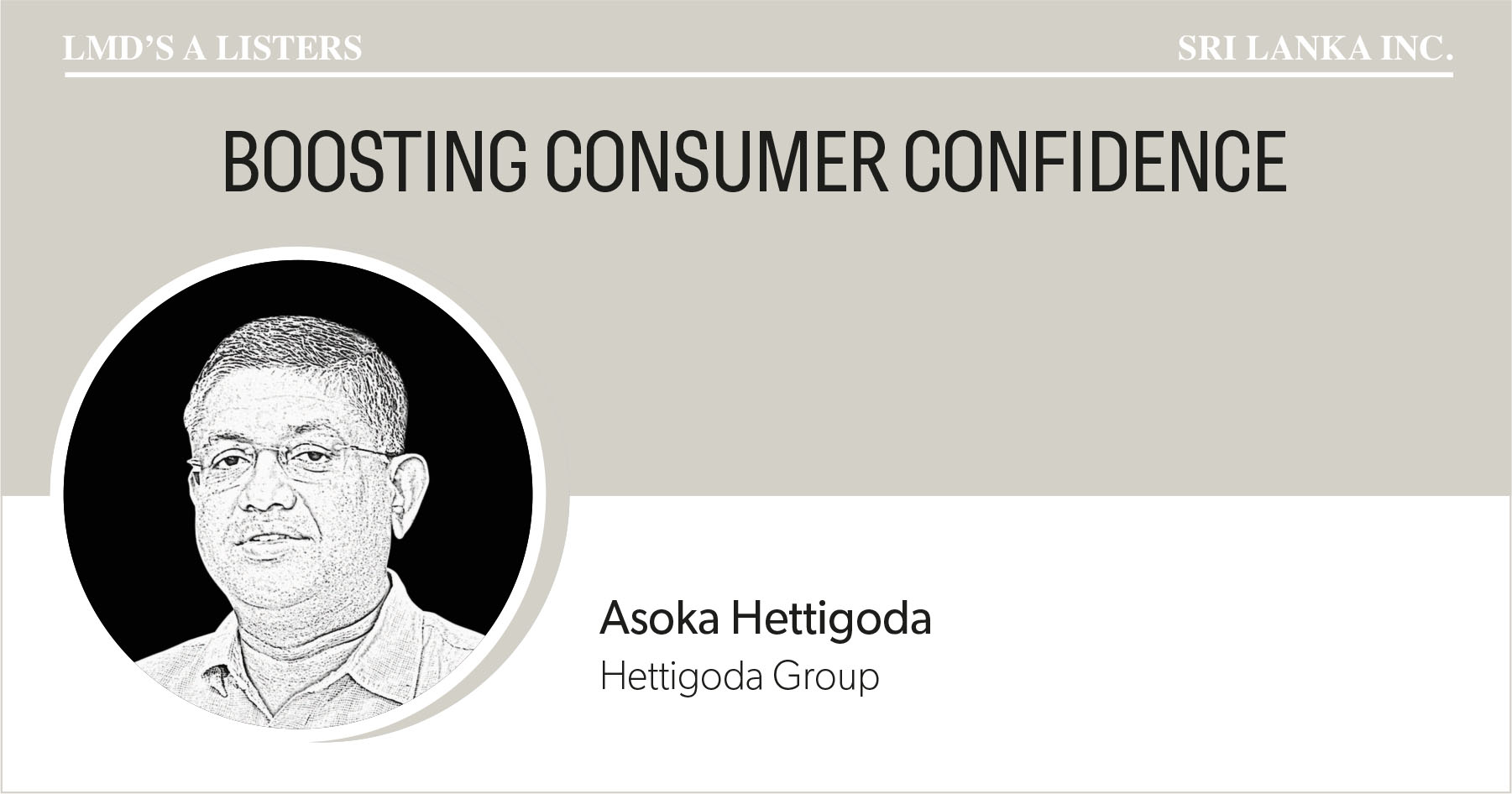BOOSTING CONSUMER CONFIDENCE
Q: What is your take of the ongoing vaccination programme?
 A: I am disappointed about the vaccination programme – especially in regards to the persons employed in the manufacturing industry.
A: I am disappointed about the vaccination programme – especially in regards to the persons employed in the manufacturing industry.
We were told that we would receive 10 million doses of the vaccine while Sri Lanka also aspired to be the first country to be fully vaccinated. However, none of these promises have transpired.
Our staff comes from various parts of the country and primarily uses public transport while living in shared accommodations – for example, boarding houses. If one staff member is infected, the entire section will be shut down while there’s also the risk of competitors conquering a market edge in your absence.
During COVID-19, our production levels were halved whereas the costs were 40-50 percent higher than usual, resulting in thin profit margins. I’m not extremely pleased with how the vaccination programme has progressed because its success is vital for the manufacturing industry.
Q: And what are your expectations of the business environment in the next 12 months or so?
A: Most developed countries will complete their vaccination drives or at least vaccinate two-thirds of their populations by summer.
Consequently, the Sri Lankan export basket will be in a better position. However, our supply chain would be affected because neighbouring countries are under severe lockdowns while China is probably not trading to its optimal capacity.
Even though our business environment may improve, it won’t reach beyond 2019 conditions while the Sri Lankan Rupee might stabilise at around 200 or 210 a US Dollar by the end of this year.
Meanwhile, the upcoming budget is critical to boost consumer confidence and introduce credible policies to stimulate the economy.
Q: In brief, what are the main challenges confronting corporates at this time?
A: We source raw materials locally and internationally while currency fluctuations have made imports expensive. The volatility in the exchange rates may not stabilise in the foreseeable future.
With higher importing and logistics expenses, our production costs have increased by 18-25 percent. The maintenance of hygiene standards is costing us a lot more. For instance, steamers, temperature readings, hand sanitisers, washbasins and even separate dining times have raised costs significantly.
Meanwhile, the cost of living has increased and therefore, we cannot capture our rising production costs through higher retail prices whereas wholesalers and traders request extended credit periods – sometimes even up to 90 days – making it a less than conducive environment for business survival. All these factors are affecting corporate health this year.



